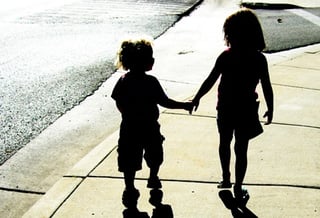 The long-established field of ABA therapy is built around the idea that altering one’s environment can change their behavior. While this concept may seem like simple common sense now, it was once considered outrageous, and the field owes its existence to the courageous scientists who, over the last 100+ years, were determined to better understand human behavior and the workings of the brain
The long-established field of ABA therapy is built around the idea that altering one’s environment can change their behavior. While this concept may seem like simple common sense now, it was once considered outrageous, and the field owes its existence to the courageous scientists who, over the last 100+ years, were determined to better understand human behavior and the workings of the brain
In 1913, John Watson, known as the “father” of behaviorism went against the grain of ‘introspective’ methods of psychology by asserting that behavior is the result of observable events. His most famous research involved a young child called “Albert” who he conditioned to be fearful of rats by pairing Albert’s association with them to a loud scary noise (thankfully, our research methods have become more ethical since then!)
In the 1920’s B.F. Skinner advanced the idea that understanding our behavior is essential to understanding ourselves. He thought it essential to create living environments that benefit all- a concept that plays out in his famous novels,“Walden Two” and “Beyond Freedom and Dignity.”
In the 1950’s, Joseph Wolpe, a south African-born psychiatrist, was a major force steering psychotherapy in the direction of scientific inquiry, and was a champion of applied behavior analysis. He developed techniques known assystematic desensitization and assertiveness training to help people manage their behaviors by systematically building exposure to stressors.
In the 1960’s, Neal Miller shocked the medical establishment when he suggested that people could learn to control their heart rates and bowel contractions just as they learned to walk or play sports. At the time, common scientific knowledge was that the autonomic nervous system was automatic, beyond our control.
Current Focus
Today, the focus in applied behavioral analysis builds on the foundation of these ideas through exploration of various procedures and practices that produce measurable changes in behavior.
The field of ABA is also now stretching beyond the treatment of observable behavior (eye contact, motor movements, etc), to the inclusion of thoughts, emotions and other mental activity to be considered behavior that can be treated with this approach.
And with each passing decade, we get better at using bcba practices in everyday lives of youth and adults, at school, at work, and at home, ultimately improving quality of life for caregivers and care recipients.
Don’t miss our next post, which will take a look at some of the new approaches used by BCBA professionals in helping others improve their lives.
